© ROOT-NATION.com - Use of content is permitted with a backlink.
Self-driving cars are evolving from a futuristic dream to a modern reality. But the evolution seems to be taking too long. Or so it seems?
Imagine getting into a car, entering – or better yet, speaking – the car’s location into an interface, and then letting it drive you to your destination while you read a book, browse the web, or take a nap.
Cars that can drive themselves used to sound like something out of the realm of fantasy. But over the next few years, this fiction will become a reality, thanks to the emergence of self-driving cars, and this will radically change the way we move around and connect our cities.
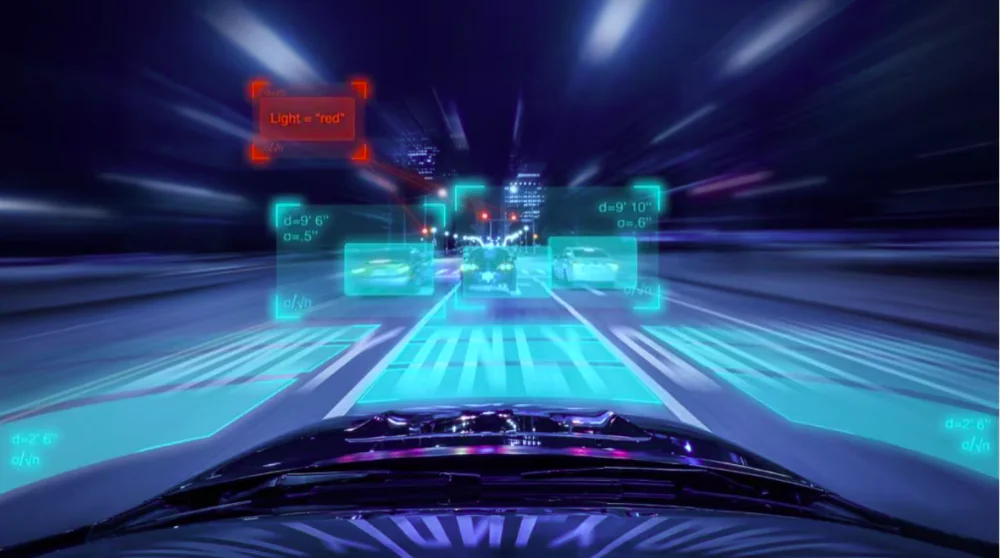
These are the promises we have been hearing for the past ten years. We hear about the successes and failures of developers, about legal conflicts in the use of such vehicles, about their safety and danger to us, drivers, on the road. Let’s try to understand everything.
Read alsо:
- Human Brain Project: Attempt to imitate the human brain
- Thunderbolt 5 vs Thunderbolt 4: Everything you need to know
The history of self-driving cars
The idea of self-driving cars has been around for a long time; since the 1930s, they have become an integral part of science fiction visions of the future. But only recently has the technology that could make them a reality begun to develop rapidly.
The first experimental prototypes, which were extremely slow, date back to the 1960s. More recently, in 2004, DARPA, the US Department of Defence agency responsible for developing new technologies for use in the US military, challenged developers around the world to build a self-driving car that could race across California’s Mojave Desert, offering a million dollar prize to the winner. The most successful car only drove 7 out of 142 miles. But the race strengthened the belief that robot cars are a reality.
In the next race in 2005, five cars completed the course. And in the 2007 Urban Challenge, the vehicles not only avoided obstacles and stayed on the road, but also followed traffic rules, pulled off, parked, and even made permitted U-turns. And by 2010, Google’s technical specialists had created a system that could handle the most difficult roads in California (including the famous winding Lombard Street in San Francisco) with minimal human intervention.
The idea of creating self-driving cars is now being pursued by all major automotive manufacturers, as they consider it very promising.
What are self-driving cars?
Self-driving cars are vehicles that do not require human assistance to navigate to their destination. They use cameras, sensors, and advanced software to interpret the road situation and respond to pedestrians and other roadside conditions.
Currently, there are no fully autonomous vehicles operating legally in the world. However, there are partially autonomous vehicles – cars and trucks with varying levels of self-automation, from conventional cars with brake assist to fully independent autonomous driving prototypes.
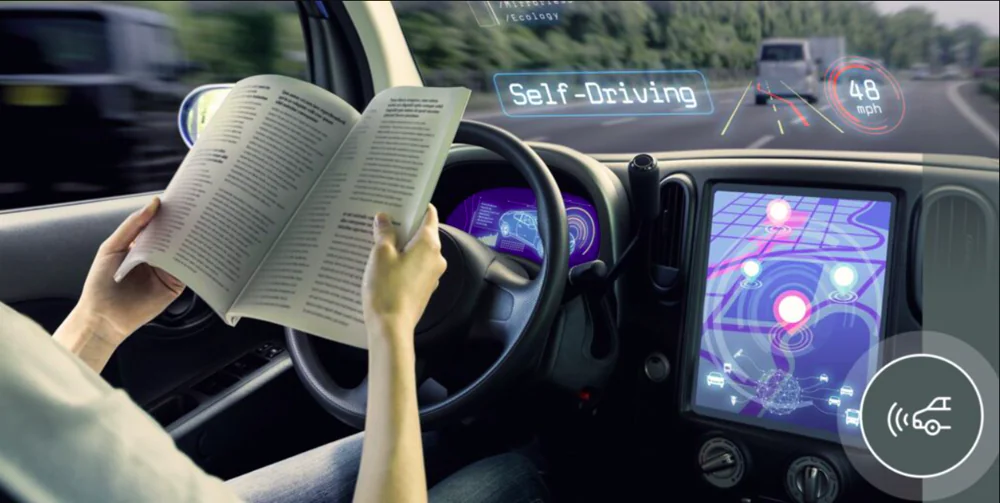
Although still in its infancy, autonomous driving technologies are becoming more widespread and may eventually radically change our transport system (and, by extension, our economy and society). According to automakers and tech companies, Level 4 self-driving cars could go on sale within the next few years. However, some experts believe that such forecasts are overly optimistic and unrealistic, given the evolution of self-driving cars.
Levels of car autonomy
Cars have different levels of handling, which experts rate on a scale from 0 to 5. So let’s find out what each level means.
Level 0. All major systems are controlled by humans. That is, these are our usual cars that we use now.
Level 1: Some systems, such as cruise control or automatic braking, can take turns controlling the vehicle.
Level 2: The vehicle supports at least two simultaneous automated functions, such as acceleration and steering. But it still requires a human to operate safely.
Level 3: Under certain conditions, the vehicle can control all safety-critical functions, but the driver is expected to take over in the event of a system failure or handling problem.
Level 4: The vehicle is fully autonomous in some driving scenarios, but not all.
Level 5: The vehicle is fully autonomous in all situations.
So far, we have access to Level 0-3 cars, although Level 3 is still being heavily debated. Although manufacturers promise that Level 4 self-driving cars will be available by 2030.
How do self-driving cars work?
Google, Uber, Tesla, Nissan, Subaru and other leading automakers, research and technology companies have developed various autonomous driving technologies.
Although design details vary, most autonomous systems create and maintain an internal map of their environment based on a wide range of sensors, such as radar. Uber’s self-driving prototypes use 64 laser beams along with other sensors to create an internal map. Google’s prototypes have used lasers, radar, powerful cameras, and sonar at various stages.
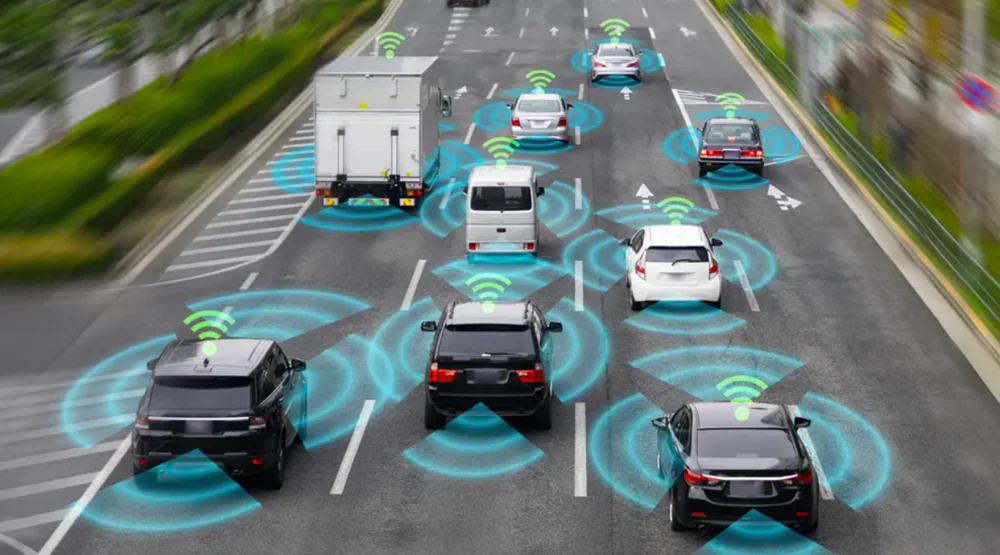
The software then processes these inputs, plots a route and sends instructions to the vehicle’s systems that control acceleration, braking and steering. Hard-coded rules, obstacle avoidance algorithms, predictive modelling and smart object recognition (e.g. the difference between a bicycle and a motorcycle) help the software to follow traffic rules and overcome obstacles.
Partially autonomous vehicles may require human driver intervention if the system encounters uncertainty, while fully autonomous vehicles may not even have a steering wheel.
In addition, autonomous vehicles can be distinguished as “connected” or not, based on whether they can interact with other vehicles and/or road infrastructure such as next-generation traffic lights. Most prototypes currently do not have this capability.
Read also:
- The war for satellite internet: Europe challenges Starlink
- What are neural networks and how do they work?
What advantages would self-driving cars have?
The most widely discussed benefit will be improved road safety. Last year, 1,770 road deaths were recorded in the UK alone, with more than 26,000 people seriously injured. In the US, the figures are even more alarming: 36750 pedestrian and cyclist deaths. In Ukraine, the statistics are no less alarming. Since most accidents are caused by driver error, even a 90% adoption rate of self-driving cars could save up to 22,000 lives annually.
Another advantage would be to make transport accessible to people who have not previously been able to drive. This includes children, the disabled and the elderly, who could, in theory, travel without a driver, which would improve accessibility.
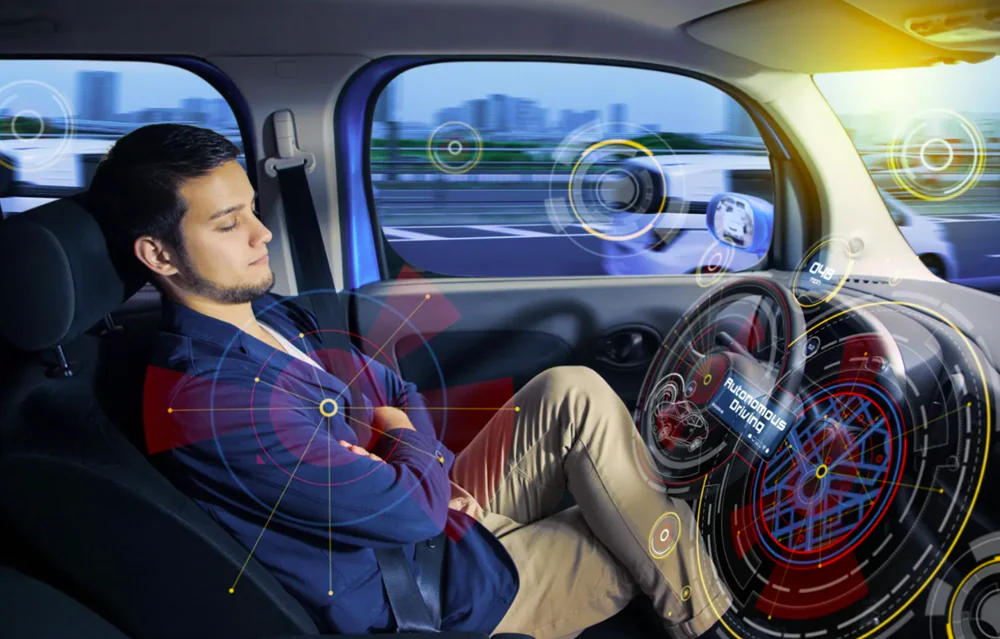
But there are still many legal conflicts. It is still unclear who will be to blame for a possible accident, who should be punished for it and what punishment they should receive, etc.
The impact on the environment is a matter of serious concern and great uncertainty. Available, affordable and convenient self-driving cars have the potential to increase the total number of kilometres driven by cars each year. If these vehicles are petrol-powered, climate-damaging transport-related emissions could increase dramatically. However, if the vehicles are electrified, emissions will drop significantly. As electrified self-driving cars allow for more ride-sharing (e.g. through services such as Lyft or Uber), emissions could fall even further.
Technologies and approaches to creating self-driving cars
Developers are using a variety of methods and approaches, more and more advanced technologies and better quality components to create self-driving car prototypes. But most of them have a lot in common, as the principle is the same: to create a vehicle that not only manages the driving process, but also monitors the situation on the road and makes the right decisions. Here are some of the most important technologies:
- Sensors: A combination of sensors, such as lidar (light detection and range detection), radar, cameras and ultrasonic sensors, are commonly used in self-driving cars to sense the environment.
Maps: High-resolution maps play a crucial role. These maps contain detailed information about the road, road signs and other road infrastructure elements that help the vehicle navigate. - Control systems: Cars use sophisticated control systems in real time to adjust speed, steering and braking as needed.
- Machine learning and artificial intelligence: Advanced artificial intelligence algorithms are used to process sensor data, make decisions and learn from experience. Deep learning is often used to recognise images and patterns.
I would like to talk about the last point in more detail.
Some companies, such as Waymo, are developing their own artificial intelligence and control systems for autonomous driving. The NVIDIA DRIVE platform provides a scalable AI solution for autonomous vehicles that is used by several automakers and technology companies. It is also worth mentioning open source frameworks, such as ROS (Robot Operating System), which are used by some companies to build their autonomous systems.
In addition, many companies are investing in research and development to create their own AI solutions for their self-driving cars.
Read alsо:
- The most dangerous worlds: 14 planets where nothing will survive
- The mysteries of Universe that we still don’t know the answers to
Why is progress so slow?
It is estimated that the technology for creating safe autonomous vehicles is about 80% developed. It will take much longer to fully perfect the process, requiring the development of newer technologies, better components and improved piloting systems.
Challenges that still need to be addressed include unusual and rare events that can occur on any street or highway, such as weather events, animals crossing the road, construction and repair work.

Another set of problems emerged after Cruise and Waymo launched their autonomous ride-hailing services in San Francisco. The US National Highway Traffic and Safety Administration in December 2022, six months after the services were approved, began investigating incidents where vehicles “may have inappropriately braked hard or immobilised”. In several cases, tow trucks had to be called to move the vehicles. This means that there are still more problems than achievements.
What is happening now?
Active autonomous vehicle initiatives can be grouped into two categories: ride-hailing services (Cruise, Waymo, and Uber) and the sale of self-driving cars to the public (Tesla).
Cruise is a subsidiary of General Motors that was established in 2013. As of September 2022, it operated a fleet of 100 robotaxis in San Francisco and planned to increase its fleet to 5,000. Critics pointed out that this would increase city traffic. In December 2022, Cruise also began offering services in Chandler, Arizona, and Austin, Texas.
Cruise, the self-driving unit of General Motors that operates a robotaxi service in San Francisco, has applied for permission to test its autonomous vehicles across all of California.https://t.co/KbsLjk7JvC
— MarketWatch (@MarketWatch) March 21, 2023
Waymo, formerly Google’s Self-Driving Car project, was founded in January 2009. The company spent $4.8 billion in 2020 and $5.2 billion in 2021. Waymo One provides autonomous ride-hailing services in Phoenix and San Francisco. This year, it plans to enter the roads of Los Angeles.
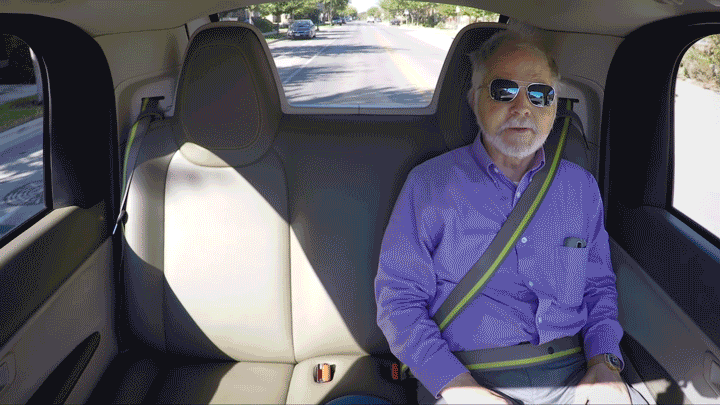
Uber has been a major force in the development of autonomous vehicles, as part of its business plan was to replace human drivers. However, it has had its share of problems, including an accident in March 2018 when a self-driving Uber killed a woman walking across the street with her bicycle in Tempe, Arizona. In 2020, Arizona Uber sold its AV research division to Aurora Innovation.
However, in October 2022, Uber returned to the introduction of self-driving cars by signing an agreement with Motional, a joint venture between Hyundai and Aptiv. Motional will provide autonomous vehicles for Uber’s delivery and maintenance services.
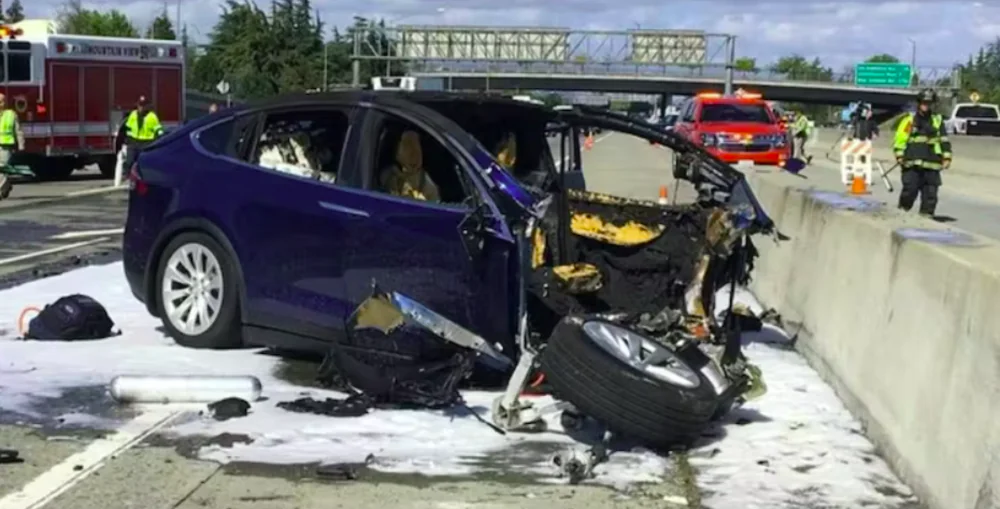
Lyft, the second largest ride-hailing company after Uber, operates in the US and Canada. Like Uber, Lyft had an autonomous division, and in 2016, Lyft co-founder John Zimmer predicted that by 2021, most of the trips on its network would be made by such vehicles (and by 2025, private car ownership would “completely cease”). But this did not happen. Therefore, by the end of 2021, Lyft also sold its self-driving car division to Toyota.
In 2022, Zimmer said that this technology would not replace drivers, at least not for the next ten years. However, in August 2022, Lyft partnered with Motional to launch robotaxis in Las Vegas and Los Angeles.
Telsa is a global leader in the sale of battery electric vehicles. It also aims to sell vehicles with full automation. However, as of the end of 2022, no Level 3, 4 or 5 vehicles were sold in the United States.
What Telsa offers is a fully autonomous driving system for $15,000. Buyers acknowledge that they are buying a beta version and assume all risks. In the event of a system malfunction, Telsa will not be held liable.
In February 2023, the National Highway Traffic Safety Administration found: “A beta version of fully autonomous software that allows a vehicle to exceed the speed limit or drive through intersections in an illegal or unpredictable manner increases the risk of a crash.” This led to Tesla recalling 362,000 vehicles to update the software.
Another setback for autonomous vehicle sales was the announcement in October 2022 that Ford and VW had decided to stop funding the autonomous driving technology company Argo AI, leading to its closure. Both Ford and VW decided to shift their focus from Level 4 automation to Levels 2 and 3.
What awaits us?
Despite the fact that the current testing is quite promising, many experts believe that it will take decades before self-driving cars become mass-produced and available for purchase. On the other hand, Tesla owner Elon Musk insists that self-driving cars will become available to the public in the near future. In the meantime, human-driven vehicles will continue to gain autonomous driving features, such as navigation through traffic lights, intersections and city traffic without human intervention.
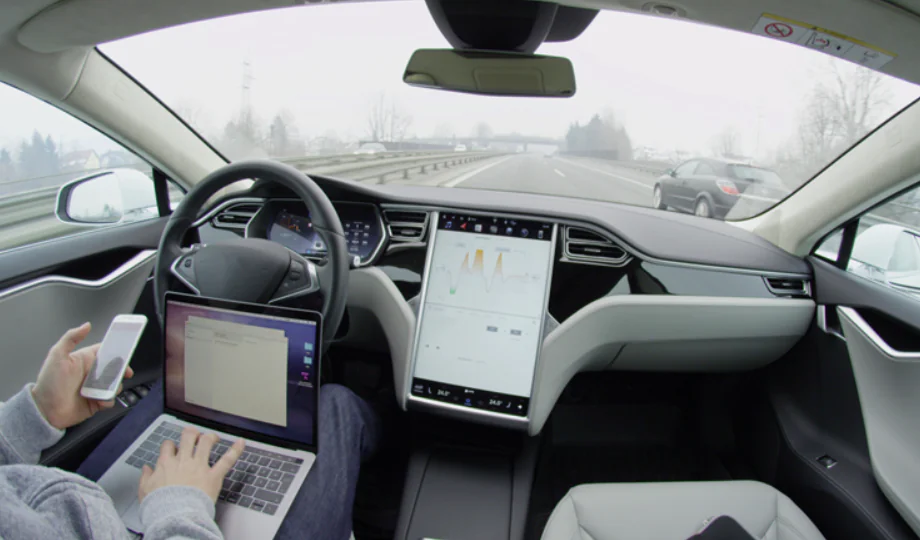
Although it will take many years, experts predict that self-driving cars will eventually become the dominant mode of transport in the world, and the number of human drivers will decrease significantly. While we don’t know exactly when this will happen, there is no doubt that self-driving cars are our future. Experts agree that this will become a reality, but they do not make any predictions about the timing.
Read also:
- What is Li-Fi? The new fast wireless internet is near
- 4 types of batteries of the future that will power our devices
- Geoengineering challenges: EU to ban scientists from ‘playing God’

